Safe and Toxic Wood for Rats to Chew
Rats are rodents that need to chew on things regularly to keep their teeth trimmed and healthy, because their teeth grow continuously throughout their life. Wood is a popular and natural choice for rat owners to provide to their pets, but not all types of wood are safe. Before just grabbing that tree branch from your backyard or a chunk of wood from the local lumber yard, make sure that the wood you are offering your pet is safe, free of pesticides, untreated, and free of paint.
Many kinds of wood on the safe list can be found in your yard, but if you aren't 100 percent sure on what it is, it is best not to give it to your rat.
Safe Woods and Substances
- Apple (thin apple wood sticks can often be purchased from pet stores)
- Arbutus
- Ash
- Bamboo cane
- Blackberry
- Blackcurrant
- Bholla
- Coconut shell (can be purchased at craft stores and pet stores, usually with hermit crab supplies)
- Cottonwood
- Crabapple
- Dogwood
- Grapevine
- Hawthorn
- Hazelnut
- Kiwi
- Linden
- Manzanita
- Mulberry
- Pear
- Pecan
- Pine (kiln-dried white only)
- Poplar
- Quince
- Rose hip
- Sycamore
Toxic Woods and Substances
- Abale/esia
- Alder
- Almond (can produce cyanide)
- Apricot
- Aspen
- Balsam fir
- Beech
- Birch
- Black locust
- Blackwood
- Bogwood
- Boxwood
- Buddleia
- Cashew
- Cedar
- Cherry
- Citrus (all citrus woods including lemon, orange, lime, etc.)
- Cocobolo
- Cypress/bald cypress
- Dahoma
- Ebony
- Elang/mukulungu
- Elder/elderberry
- Elm
- Eucalyptus
- Fig/cape fig
- Fir
- Goncalo alves
- Greenheart
- Hemlock
- Horse chestnut
- Iroko
- Juniper
- Kapok
- Laurel
- Magnolia
- Mahogany
- Mansonia
- Maple
- Mimosa
- Mopane/mopani
- Myrtle
- Nectarine
- Oak/cork
- Obeche/abachi
- Okuhaba/yungu
- Oleander
- Olive
- Opepe/kussia
- Paduak
- Pau ferro
- Peach
- Peroba rosa
- Pine (fresh pine is toxic as are pinecones)
- Plum
- Plywood
- Prune
- Purpleheart
- Quebracho
- Redwood
- Rosewood
- Satinwood
- Sassafras
- Sequoia
- Snakewood
- Spruce
- Teak
- Walnut
- Wenge
- Willow
- Yew
- Yunnan
- Zebrawood
Other safe wood options for rats are available in pet stores. Woods marketed for chinchillas, and other rodents are usually safe to offer to your rat, but make sure the type of wood is not on the toxic woods list before putting it in your rat's cage (just in case). The same goes for the material that hide boxes and cages are made out of (if they are made of wood). Any items in the cage are fair game for your rat's teeth to nibble on, so you want to make sure they are safe!
If you think your rat may have eaten a toxic wood, then contact your exotics vet as soon as possible. Different woods are more dangerous than others and affect your rat in different ways.
Wood Bedding
It used to be common to house your pet rat on wood shavings, but we have learned that there are more comfortable and safer options for our pets. If you still want to use wood, Aspen shavings are the safest of the wood shavings available at pet stores, and you should avoid pine shavings.
Warning
Cedar shavings are thought to be the most dangerous to rats so you should under no circumstances house your rat on cedar bedding.
Besides the fumes and possible ingestion of toxic wood shavings, wood can be irritating to walk on. Rats may develop sores or small cuts on their feet and might itch due to the wood being irritating to their skin. Options such as recycled paper bedding (such as CareFresh) are preferred over wood shavings for their absorption qualities and softer texture.
RECOMMENDED NEWS
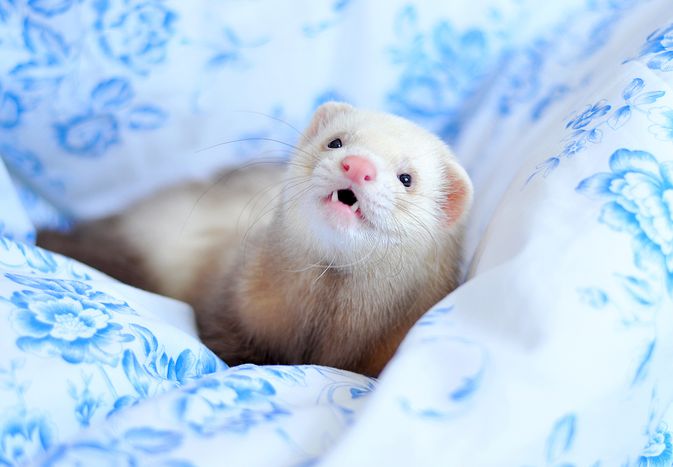
Coronavirus in Ferrets
Slinky, mischievous, and intelligent, ferrets are members of the weasel family that love to play an...
Read More →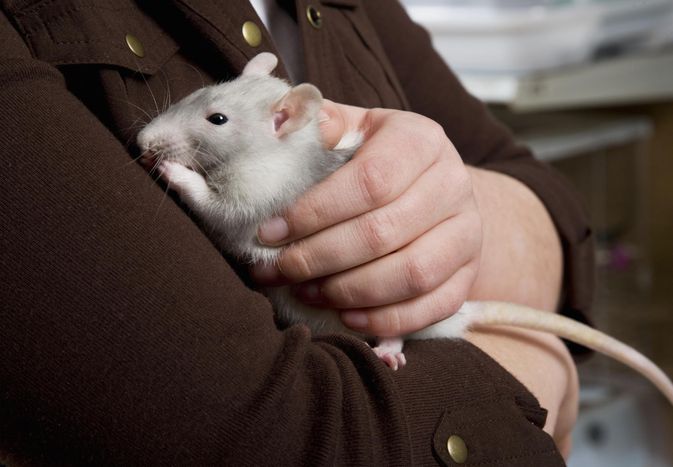
How to Care for a Pet Rat
Rats are smart and friendly, and they like to cuddle. They make great companion animals, including ...
Read More →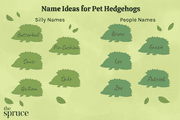
100 Names for Pet Hedgehogs
People often name Hedgehogs after their prickly pet's bristles, a unique feature of the tiny creatu...
Read More →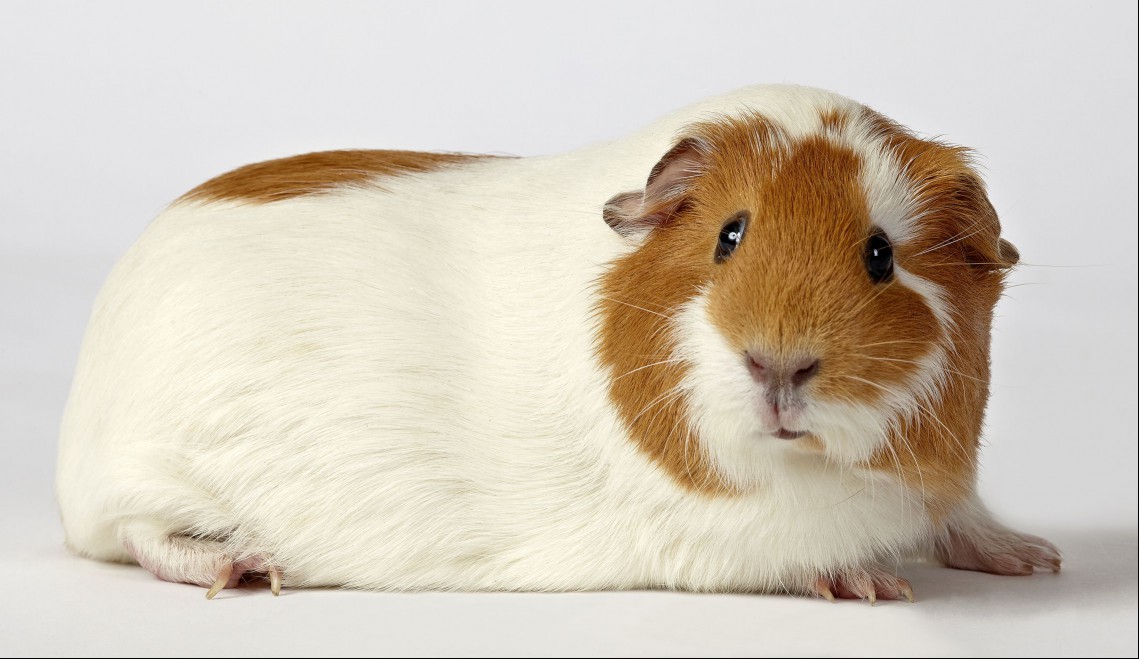
Cystic Ovaries in Guinea Pigs
Female guinea pigs, which are also referred to as cavies, have reproductive organs that can become ...
Read More →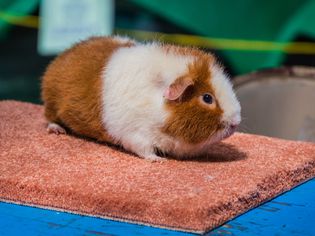
How to Care for a Pet Teddy Guinea Pig
Guinea pigs are large rodents that don't have tails, and their fur can come in a variety of texture...
Read More →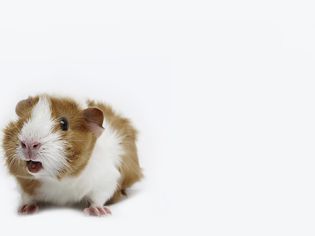
How to Decipher Guinea Pig Sounds, Noises, and Body Language
Guinea noises can mean lots of different things—it's how these little creatures communicate. By u...
Read More →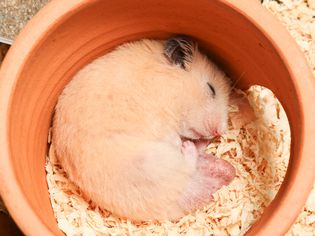
How Long Do Hamsters Sleep?
The hamster is a very popular caged pet and is often the first pet a child has, but how does a hams...
Read More →
Determine Whether or Not a Hamster Is the Right Pet For You
There are a number of important factors to should consider when deciding if a hamster is the right ...
Read More →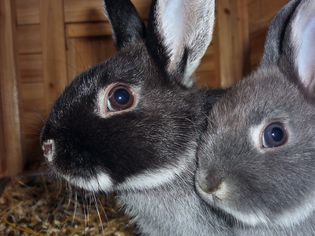
How to Care for a Pet Silver Fox Rabbit
Only the third rabbit breed to have been developed in the United States, the silver fox rabbit is a...
Read More →
Comments on "Safe and Toxic Wood for Rats to Chew" :